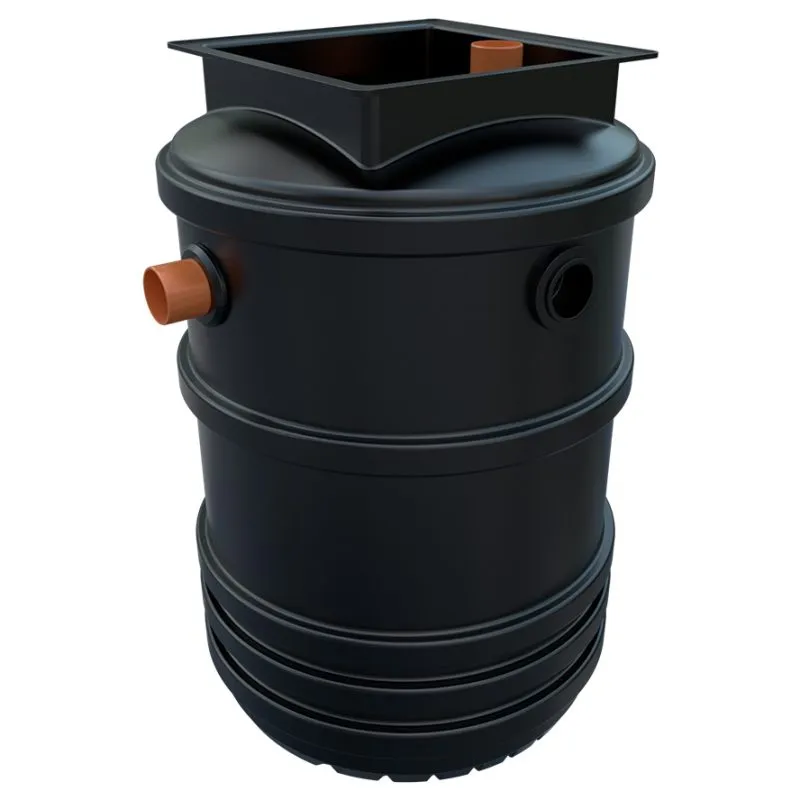Here’s what you’ll learn when you read this story:
Archaeologists discovered the lost ancient city of Imet in modern-day Egypt’s eastern Nile Delta.
Included within the find were multi-story “tower” homes showing the urbanization of the area.
Evidence indicated the worship of the city’s patron deity, the cobra goddess Wadjet, waned over time.
The discovery of the ancient city Imet in Egypt’s eastern Nile Delta offers intriguing insights, including the architectural urbanization of the area prior to the Roman era, and worship of the city’s patron deity, the cobra goddess Wadjet.
Excavations at Tell el-Fara’in reveal cultural norms during the early- to middle-fourth century B.C., which feature intricate urbanization with “substantial tower houses,” structures that were basically multi-story buildings supported by exceptionally thick foundation walls, according to a statement from the University of Manchester.
“These tower houses are mainly found in the Nile Delta between the Late Period and the Roman era, and are rare elsewhere in Egypt,” Nicky Nielsen, researcher with the University of Manchester, said in a statement. “Their presence here shows that Imet was a thriving and densely built city with a complex urban infrastructure.”
The thick foundation walls were designed to support the weight of the tall buildings. The houses, with their multiple floors, were crafted to accommodate many people, Mohamed Ismail Khaled, secretary general of Egypt’s Supreme Council of Antiquities, said in a translated statement from the Egyptian Ministry of Tourism and Antiquities.
The researchers located the city using remote sensing via high-resolution satellite imagery. The images identified clusters of ancient mudbricks that led the team to on-the-ground excavation. It was then they discovered the tower houses.
But that wasn't all they found. The team discovered a grain processing center, which featured a paved area and animal enclosures. The find offers information about both the local economy and the religious significance of the area. Nielsen said Imet was prominent during the New Kingdom, sometime between 1550 and 1069 B.C. and its location along trade routes allowed it to maintain importance, especially as it attracted Wadjet pilgrims and merchants.
A newer find, from the mid-Ptolemaic Period of about 200 B.C., showed a large structure with a limestone plaster floor and impressive pillars wrapped with stucco. The building was constructed across a processional road that once connected to the temple of Wadjet. Researchers believe that this new building, placed over the ceremonial road shows the worship of Wadjet had waned by that time, offering insight into a shifting religious landscape in ancient Egypt.
The temple of Wadjet was rebuilt by Ramses II in the mid-1200s B.C., and then again by Ahmose II in the mid-500s B.C. but began a decline thereafter.
The past religious culture of Imet has started to come into greater clarity in the present day, thanks to finds like a green faience ushabti (a ceramic funerary figurine) from the 26th Dynasty, a stela (an upright stone slab with a relief design) of the god Harpocrates (the Greek name for Horus the Child) standing on two crocodiles while holding a snake, and a bronze sistrum musical instrument adorned with the twin heads of Hathor, goddess of music and joy.
“This discovery opens new doors to our understanding of daily life, spirituality, and urban planning in the Delta,” Nielsen said. “Imet is emerging as a key site for rethinking the archaeology of Late Period Egypt.”
You Might Also Like
The Do’s and Don’ts of Using Painter’s Tape
The Best Portable BBQ Grills for Cooking Anywhere
Can a Smart Watch Prolong Your Life?













